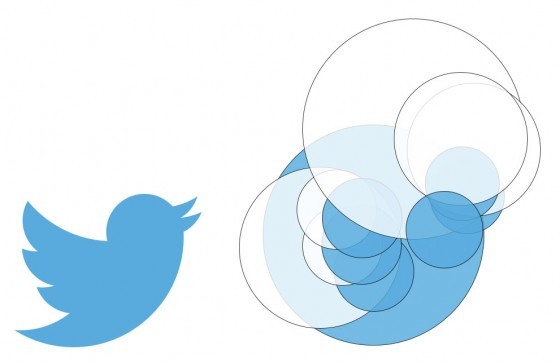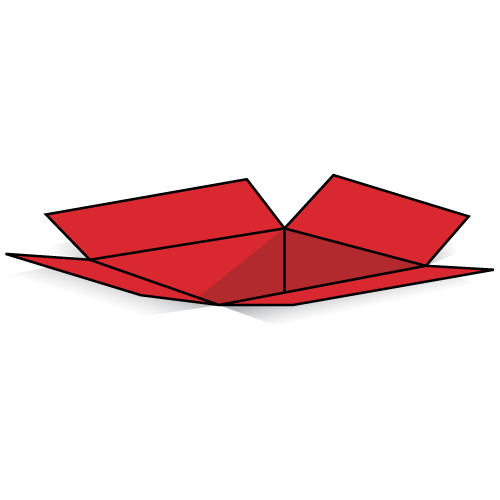I often have these conversations with fellow designers about what process we follow for creating a logo. I thought “well, let’s google this up”, and after finding many versions and lists I realised that I didn’t quite agree with all of them, as they were specific to an industry or would not apply to any given situation. So, I came up with my own list, and it turned out to be a long one, so I’ll keep it brief!
This might be a good starting point for an aspiring designer, and I believe the list is quite generic and it’ll apply to any industry. Here it goes:
1. Know your competition – it is incredibly useful to know what’s out there. It can tell you what has been done, what to do and what not to do. And yes, Google Image Search is quite useful here.
2. Know yourself (or your client) – Once you know your competition, see how you or your client stands out. What is different, and how will you use that difference?
3. Be flexible with ideas – don’t set yourself on just once concept. A new business can have multiple stories to tell about their visions and missions. Try to tell visually more than one of their stories. And, if possible, include a concept that tells the happy ending of that story.
4. Respect your position in the market – you will notice that brands that have been around for a while can have a logo that has evolved and is easily recognised with minor content (I’m looking at you, Nike). This is quite different to a new start-up, where the design is slightly more informative.
5. Future-proof – okay, so we can’t predict the future, but we can make an effort to make a logo that will stand the test of time before a refresh. In some instances, a client will require a logo that changes with trends every 4 to 5 years. In other cases, a client will want a logo that is simple and clean that will look the same for many years without any alterations. Also keep in mind that the logo will be used everywhere, so it must print well and be adaptable.
6. Love your typefaces – if you have worked with me you will know that I am a proud font geek/nerd/call-it-what-you-want. Choosing a typeface that describes your client is paramount and, although it can be hard at times, try some typefaces that are really different to your first choice, just to see what it looks like and confirm that the brand you have in mind is the correct one.
7. Refinements – spend meticulous time refining your symbol and/or typeface. Sometimes a tiny alteration will make this new logo stand out a bit more from the usual plain font. Don’t be afraid to play around.
8. Opposites attract – while refining, also try opposite approaches. Formal vs. informal; geometric vs. abstract and mix and match. Sometimes that high contrast brings out a winner!
9. Don’t restrict a logo by its typeface – move things around, play with negative space.
10. Less is more – if you find that something might not need to be there, most likely it doesn’t. Keep it simple.
11. The memory test – following the item above. Look at any logo for 3 seconds. Put it away and then try to redraw it. If your result is close to the original, you have just seen a memorable logo.

12. Order over chaos – shapes and structure can do wonders when building a logo. Check out the Twitter logo, for example.
13. Be a super-saver – Please, please, please save your work constantly and keep instances of your ideas. For example, create your text for your logo and duplicate it, turn it into outlines, modify it and duplicate and so on. You never know when you’l need to go back to one of those iterations.
14. Understand the colour wheel – Find colours that complement each other. Follow current trends, but don’t be afraid to try something new. When stuck, I sometimes play with the Adobe Colour Wheel.
15. Keep yourself informed – Design trends change a little bit -and sometimes a lot- each year. This, and new software and techniques, will be a great guide when you are looking for inspiration.
16. Create your own processes – Everyone is different, and you will find what applies best for you. Learn from your experiences and mistakes and create a process that works for you. Like us, also our clients are different and your process may not apply, but where possible, explain to your clients your design process, so they can work with you.
And that’s it! I am sure I could have kept going, but these are my most generic tips. I hope you find them useful. Feel free to contact me if you would like to know more.
Until next time.

